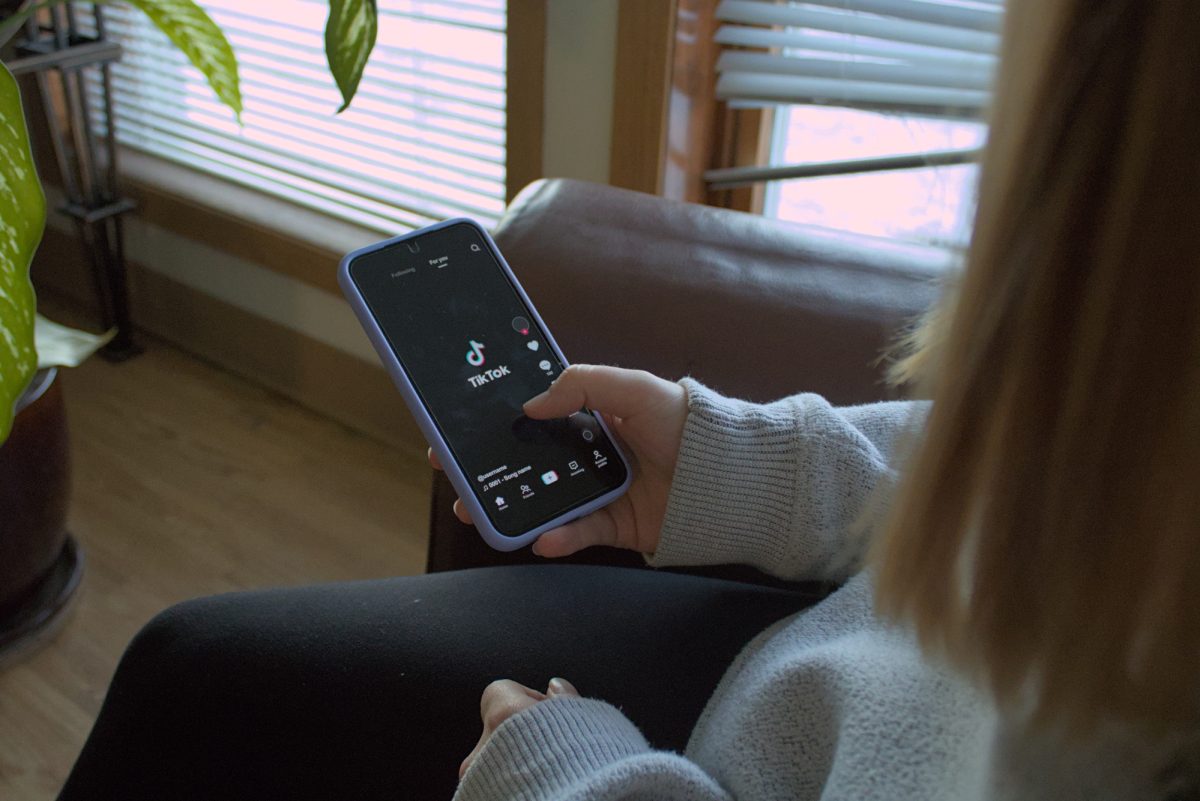Tuition increase isn’t all that unreasonable
October 28, 1997
A tuition increase of 3.9 percent? Initially, it seemed incredible. Resident undergraduate Iowa State Students already pay $2,566 and non-residents pay $8,608 in tuition costs — what could possible warrant paying more?
Don’t Iowans pay enough taxes to support their schools? How do we know the university is giving us our money’s worth? Curiosity getting the best of me, I stopped by the office of the Vice President of Business and Finance. The secretary there was quite helpful and provided me with the ISU financial report from last year, 1996-97.
I literally ran out of the office and started analyzing the columns of numbers.
I was going to prove that the university is spending too much on expenses not applicable to the student, such as investments, office space, public outreach, etc. and not enough on the object of the university — STUDENTS!
In order to uncover the university’s wastefulness, I sifted through the report. Being uneducated in corporate finance, I got bogged down with the unfamiliar titles and vague descriptions. Which employees fit under categories like general services or professional and scientific? And what did all these numbers represent anyway?
Discouraged, I returned the VP of Business and Finance office. This time, I talked to Carol Yanda, one of the people who put the report together.
She was very willing to answer my questions on the basics of the report, and she even gave me some additional information on the origins of the General Fund, the account which is spent on student-related educational costs and which is based on tuition and state funding. “Is the General Fund the university’s limitless voucher?,” I wondered. Then, I saw the facts.
The university is spending more per student than ever before — an increase of 74.58 percent over the past ten years. The university spends $9,203.76 (on average) per student, undergraduate through graduate.
This cost per student includes spending on things like professor and student assistant salaries, state-of-the-art equipment, public safety, student counseling and other support services, etc.
In the same ten years, our tuition has increased only 58.45 percent! In contrast, state funding for the university has gone up less, 50.60 percent.
Thus, the increase in university spending on students has jumped to 74.58 percent while the General Fund, which covers academic costs, has increased a mere 56.15 percent.
In short, since 1987, ISU has been spending 18.43 percent more on students than students have been putting in themselves!
What does that mean to us? Undoubtedly, we, as tuition paying students, receive more support for programs directly related to a solid education than students did ten years ago.
Look at the improvements that have been made on campus in the past ten years. Our tuition and fees paid, in part, for such amenities as the Lied Recreation Center, recreation programs, unlimited internet access and the new student health center.
The extra tuition will go for enrollment services, implementation of diversity requirements, improvement of instructional and computational equipment and upgrading research facilities. Therefore, if we contribute more through tuition, the university will provide us with more services.
Not only are we going to see more services, we will be absorbing the rate of inflation. A 3.9 percent increase seems insignificant when the inflation rate is between 2.4 and 4.3 percent and the percent of the general fund the university spends solely on its students.
Those of us who are putting ourselves through school want to see our hard-earned tuition dollar spent on a quality education. Therefore, I am fully in favor of increasing my contribution through tuition, as long as the spending on students continues.
I plan to pick up another financial report for this school year, still analyzing it with a skeptical eye. We need to make the university accountable for its spending, so we need to stay informed of what expenditures are being made.
To do this, you could write to the Board of Regents or visit the VP of Business and Finance. Ask to see the proposed budget. Make sure you’re getting what you think you’re paying for. But remember, too: quality cannot come without a price.
Anne Elsbernd
Sophomore
Dietetics






